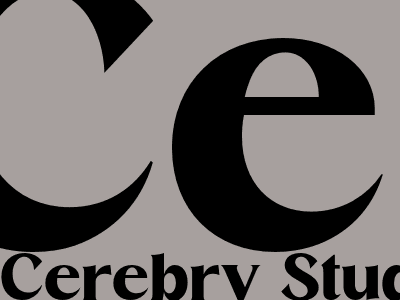The Ultimate Guide to On-Page SEO for Blogger
Introduction
In today's competitive online environment, search engine optimization (SEO) is essential for driving traffic to your website and boosting visibility. On-page SEO, in particular, plays a crucial role in optimizing your website's content and structure to rank higher in search results. If you use Blogger, understanding and implementing effective on-page SEO techniques can significantly improve your blog's performance and reach a wider audience.
Understanding On-Page SEO
On-page SEO encompasses a range of optimization techniques that focus on optimizing the elements within your website's pages. These elements include:
- Content
- Title tags
- Meta descriptions
- Header tags
- Image alt tags
- Internal linking
Optimizing Content
Creating high-quality, relevant content is the foundation of effective on-page SEO. Your content should provide valuable information to users and align with their search intent. Here are some guidelines to follow:
Keyword Research
Conduct thorough keyword research to identify the terms and phrases that your target audience is searching for. Incorporate these keywords naturally throughout your content, including in headings, subheadings, and body text.
Content Structure
Structure your content using headings (H1, H2, etc.) to create a logical flow and improve readability. Use shorter paragraphs and bullet points to make your content easy to skim and digest.
Content Length
Aim for long-form content that provides in-depth information and covers your topic thoroughly. Search engines favor content that is comprehensive and provides value to users.
Title Tags and Meta Descriptions
Title tags and meta descriptions are two important elements that appear in search results. They provide a concise overview of your page's content and encourage users to click through.
Title Tags
Keep title tags concise, around 50-60 characters, and include the main keyword for the page. Ensure that each page has a unique title tag that accurately reflects its content.
Meta Descriptions
Meta descriptions should be around 155 characters and provide a compelling summary of the page's content. Include a call to action to encourage users to visit your site.
Header Tags
Header tags (H1, H2, etc.) are used to structure your content and indicate its importance. Use H1 tags for the main headline and H2 tags for subheadings. Include relevant keywords in your header tags to improve their visibility in search results.
Image Alt Tags
Image alt tags provide a textual description of images on your website. They help search engines understand the content of your images and improve accessibility for users with visual impairments. Include relevant keywords in your alt tags to boost image visibility in search results.
Internal Linking
Internal linking helps distribute link equity throughout your website and improves navigation for users. Use relevant anchor text when linking to other pages on your site to provide context and guide users to related content.
Conclusion
Effective on-page SEO is essential for optimizing your Blogger blog for higher rankings in search results and attracting more organic traffic. By implementing these techniques, you can improve the visibility, credibility, and user experience of your website. Remember to stay updated with the latest SEO best practices and continuously refine your on-page strategies to stay competitive in the ever-evolving digital landscape.
For further guidance and resources on Blogger SEO, refer to the following reputable sources:

Comments